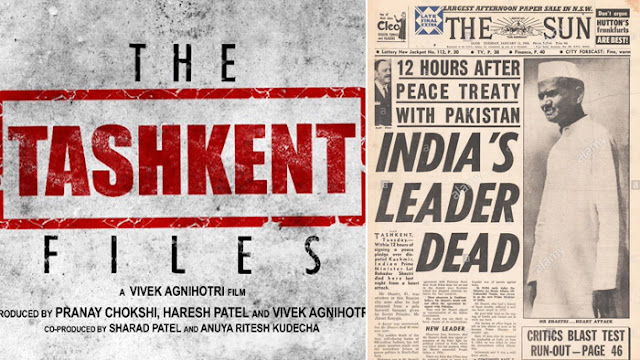How Media’s repulsive selectivity is framing Muslims as the perpetrators of Coronavirus spread

While the health of Journalism and communication in a country can be examined in the times of crisis, media bodies have come out to be ideological gears of the government. While some have considered practising ethical journalism in the crucial times of virus outbreak by raising genuine questions for social concern, media landscape has become a battleground of ideologies at national and regional level. Image courtesy: BBC Thirty-one members of an extended family, including children, residing in north Delhi's Jahangirpuri area, tested positive for COVID-19 on April 18 th . All of them were sent to a self-isolation centre in Narela. The family is said to be infected after coming in contact with a woman from the minority community, who tested positive for virus, two days post her death due to the same. The portion of Jahangirpuri, where they lived, was declared a containment zone on April 10 and was sealed. The family and 33 others who contacted the woman became subject to fl...





